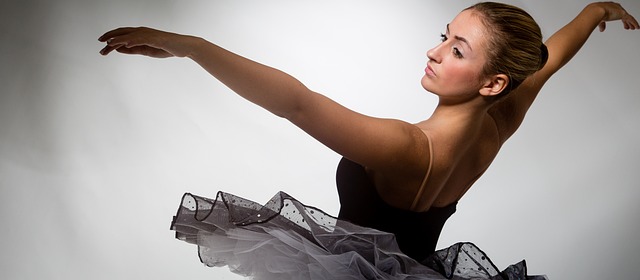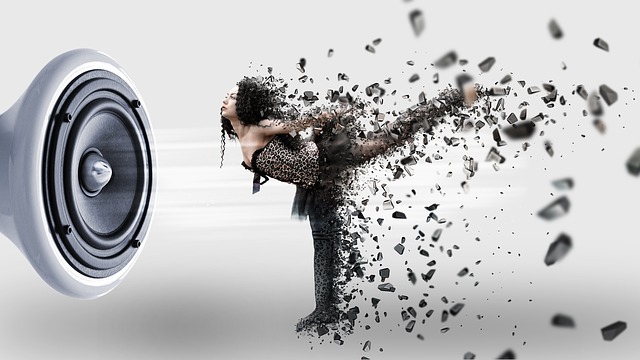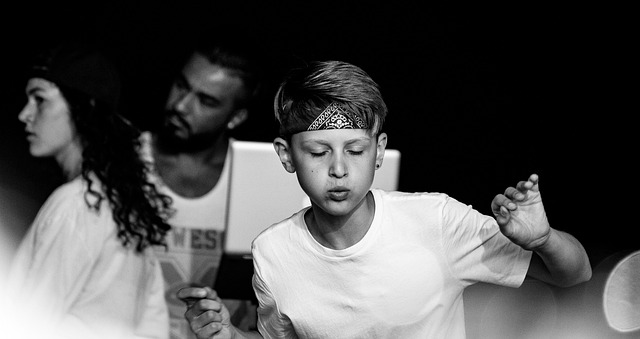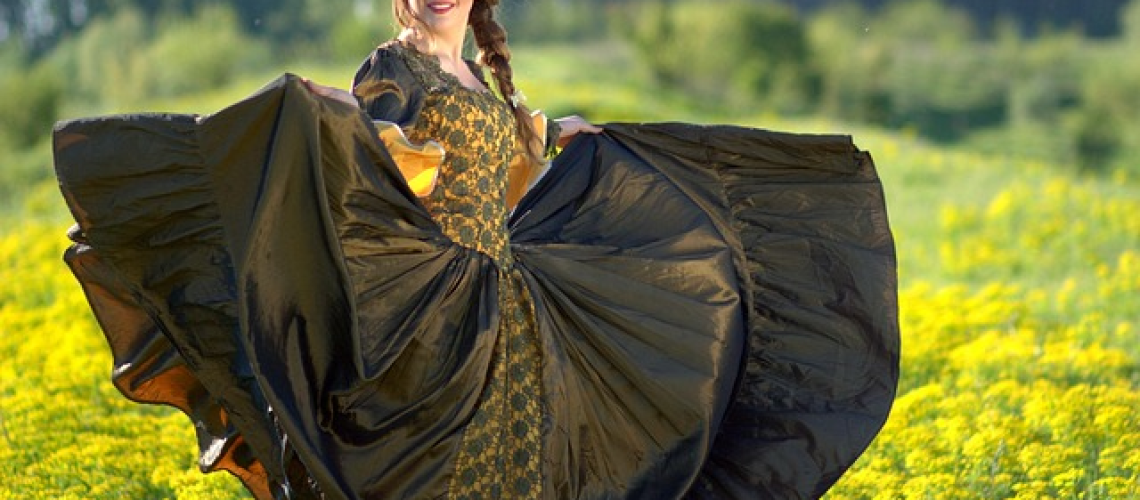Have you ever noticed how dancers have their own unique “dance faces”? It’s like a secret language, a window into their emotions and expressions as they move to the music. Just like a painter uses brushstrokes to convey their feelings, dancers use their bodies and facial expressions to tell a story.
In this article, we will delve deep into the world of dance faces, uncovering the hidden meanings behind each expression. From the counting face of a beginner dancer to the femme fatale gaze of an advanced performer, each dance face reveals a different aspect of the dancer’s character and mood.
But why do dancers often have the same expression, regardless of the song? What influences their dance faces, and how can they create a stronger emotional connection with their audience? We will explore these questions and more, delving into the causes and influences behind dance faces and the importance of emotional connection in dance.
So join us on this journey of discovery as we unveil the expressions and emotions in dance, unlocking the secrets of the dance faces that captivate our hearts and minds.
Key Takeaways
- Most people have a specific dance face in their photos and videos, but beginner and advanced dancers have different variations of dance faces.
- Lack of emotional vocabulary for stage is the reason for having the same face expression regardless of the song.
- Acting skills are often overlooked in dance training, but dancers should learn from other teachers and understand the mood and character they portray.
- Dancers should try styles that are least favorite or unnatural to expand their emotional and acting potential.

What it reveals
Discovering the dance faces reveals the range of expressions and emotions that dancers can convey, showcasing their ability to bring characters and moods to life on stage. The importance of facial expressions cannot be overstated, as they have a significant impact on the audience’s perception of the performance. A dancer’s face is like a canvas, displaying a multitude of emotions that enhance the storytelling aspect of dance. By mastering the art of facial expressions, dancers have the power to captivate their audience and create a deeper connection with them. Each dance face reflects a different character or mood, allowing dancers to express joy, sadness, passion, or even vulnerability. It is through these expressions that dancers can truly embody the essence of the music and the choreography. The subtle nuances in their facial expressions add depth and authenticity to their performance, making it more engaging and memorable for the audience.

Causes and influences
To understand the causes and influences behind your dance face, you should delve into the realm of emotional vocabulary and acting skills. These two factors play a significant role in shaping your expressions and emotions while performing. The lack of emotional vocabulary on stage often results in a limited range of facial expressions, regardless of the song or dance style. This can have a detrimental impact on your performance, as it fails to convey the intended mood and character to the audience. Moreover, the importance of acting skills is often overlooked in dance training, further contributing to the persistence of the same face expression. To overcome this, it is crucial for dancers to learn from different teachers and explore various dance styles, even those that may not be their favorite or initially feel unnatural. This will expand their emotional and acting potential, ultimately enhancing their overall performance.

Emotional connection
Engage deeply with the music, connecting with its rhythms and melodies, allowing your heart to guide your movements and your soul to express the raw emotions within. To truly convey the intended emotions in dance, it is crucial to master the techniques of emotional expression. Here are four key techniques to help you enhance your emotional connection in dance:
- Body Awareness: Pay attention to your body language. Every movement should reflect the emotion you want to convey. From the tilt of your head to the placement of your fingers, every detail matters.
- Facial Expressions: Your face is a powerful tool for emotional expression. Practice conveying different emotions through your eyes, mouth, and overall facial expressions. Be aware of the subtle changes that can make a big impact.
- Breath Control: Your breath is intimately connected to your emotions. Practice using your breath to enhance the intensity and dynamics of your movements. Let your breath guide the timing and flow of your dance.
- Authenticity: Connect with your own emotions and experiences to bring authenticity to your performances. Embrace vulnerability and allow yourself to fully embody the emotions you want to convey.
Mastering these emotional expression techniques and understanding the importance of body language will help you create captivating and impactful performances that resonate deeply with your audience.
Frequently Asked Questions
How can dancers improve their dance faces and expressions?
To improve your dance faces and expressions, focus on connecting emotions and movement. Start by understanding the mood and character of the music you’re dancing to. Expand your emotional and acting potential by trying styles that are least favorite or unnatural to you. Learn from other teachers to develop a wider range of facial expressions. Remember that acting skills are often overlooked in dance training, so make sure to incorporate them into your practice. Improving facial expressions will enhance your overall performance and captivate your audience.
What are some common mistakes beginner dancers make with their dance faces?
Common mistakes beginner dancers make with their dance faces are often related to their lack of emotional expression and variety in their facial expressions. They may have a limited range of facial expressions, such as a frozen smile or a side look, which can make their performances appear monotonous and lacking depth. Additionally, beginner dancers may not fully understand the mood and character they need to portray in each dance, resulting in inconsistent or inappropriate facial expressions. Developing a wide range of facial expressions and understanding the emotional nuances of each dance style is essential for beginner dancers to improve their overall performance.
Are there specific techniques or exercises that can help dancers portray different emotions on stage?
To portray different emotions on stage, dancers can utilize various techniques and exercises. One technique is to focus on connecting with the character and story of the dance. Dancers can explore the emotions through improvisation, allowing themselves to fully embody the feelings. Another technique is to practice facial expressions in front of a mirror, working on conveying different emotions with subtle changes in the eyes, mouth, and overall expression. Additionally, studying acting and theater techniques can greatly enhance a dancer’s ability to portray different emotions convincingly.
How can dancers incorporate acting skills into their dance performances?
Incorporating acting skills into dance performances can greatly enhance the overall experience for both the dancers and the audience. Not only does it allow dancers to effectively convey emotions through facial expressions, but it also adds depth and authenticity to their performances. By tapping into their acting abilities, dancers can bring their characters to life, creating a more immersive and captivating experience. To effectively convey emotions through facial expressions, dancers should focus on connecting with the music, understanding the character they are portraying, and practicing different facial expressions in front of a mirror.
Are there any specific dance styles or genres that require a different approach to facial expressions and emotions?
Facial expressions and emotions play a crucial role in dance, and different dance styles and genres require a distinct approach. In classical ballet, facial expressions tend to be more subtle and focused on portraying elegance and grace. On the other hand, hip hop dance embraces a more exaggerated and expressive range of emotions, reflecting the energetic and dynamic nature of the genre. Additionally, cultural influences shape facial expressions in traditional dance forms, with each country or region having its own unique style and meaning behind the expressions used.
